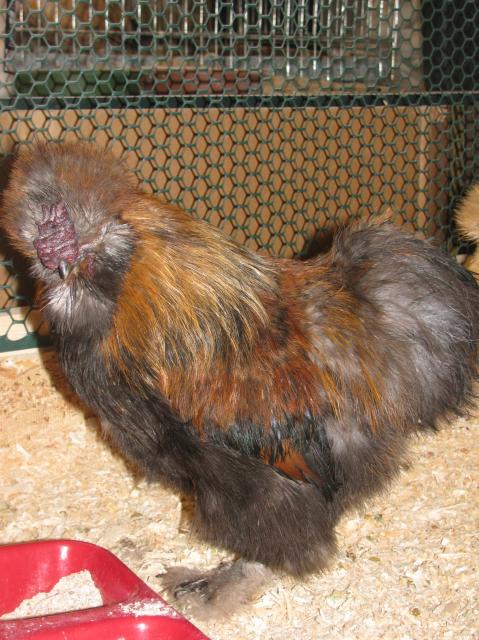Quote:
yes technically her color is blue partridge, but the question is - will she breed true? thats the issue with those "surprise" colors out of mixed breedings. if they will breed true and reproduce similar colored offspring. If one parent was a pure lavender, then yes she is technically a blue partridge colored bird split to lavender.
I had a blue rooster that was split to partridge, he always threw me partridge-y color chicks some true partridge when paired with a certain girl in my flock.
X2 A lot of people are calling anything with a smudge of gold or black partridge now. Best to breed to actually find out.
Partridge is a specific pattern. With regular feathering, can always evaluate the pattern better than with silkie feathering, but it can still be seen to be present or lacking.
Blue never breeds "true," but it always breeds predictably. Partridge is probably the most common pattern for silkies and other birds who tend to be e^b based.
yes technically her color is blue partridge, but the question is - will she breed true? thats the issue with those "surprise" colors out of mixed breedings. if they will breed true and reproduce similar colored offspring. If one parent was a pure lavender, then yes she is technically a blue partridge colored bird split to lavender.
I had a blue rooster that was split to partridge, he always threw me partridge-y color chicks some true partridge when paired with a certain girl in my flock.
X2 A lot of people are calling anything with a smudge of gold or black partridge now. Best to breed to actually find out.
Partridge is a specific pattern. With regular feathering, can always evaluate the pattern better than with silkie feathering, but it can still be seen to be present or lacking.
Blue never breeds "true," but it always breeds predictably. Partridge is probably the most common pattern for silkies and other birds who tend to be e^b based.






